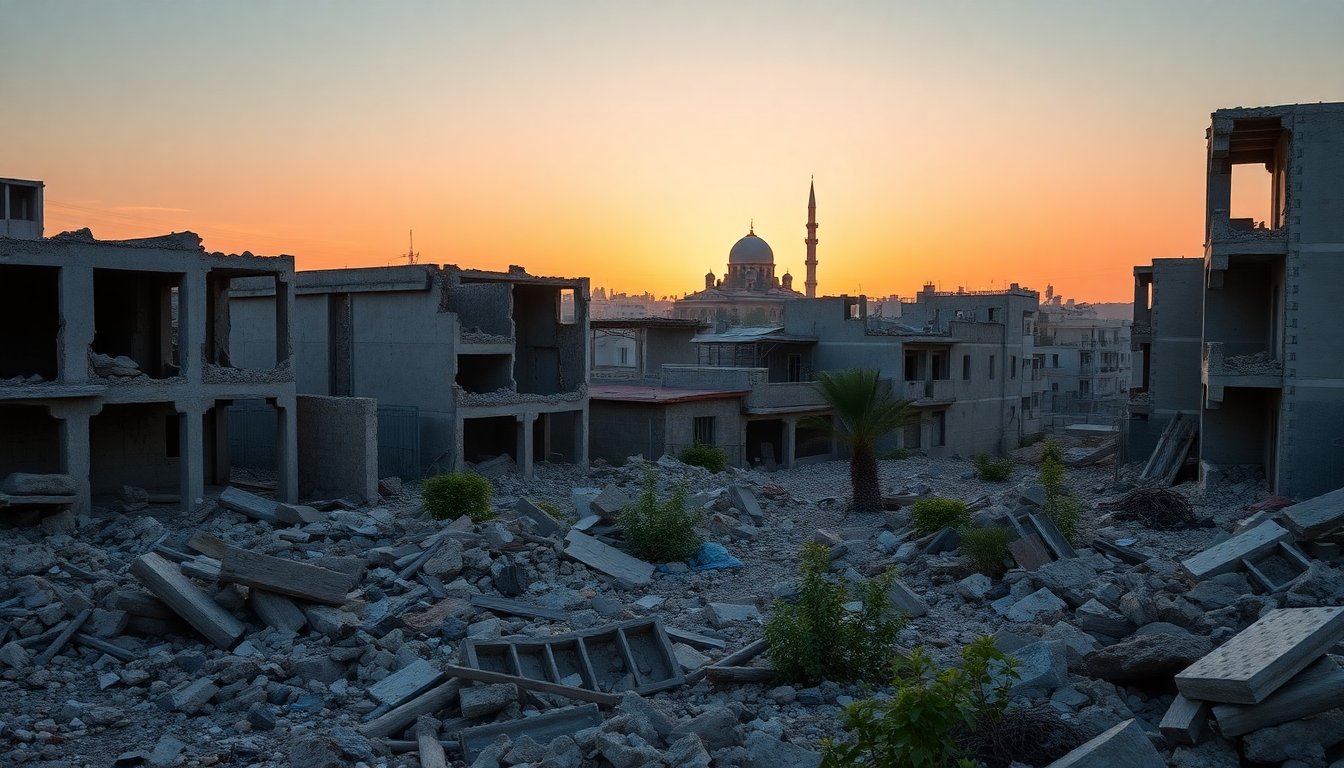Table of Contents
The situation in the Gaza Strip has attracted significant global attention, particularly regarding the ceasefire agreement intended to halt hostilities. However, reports indicate frequent violations since its implementation. This article examines the statistics of these violations and their humanitarian impact on the Palestinian population.
As of November 10, the ceasefire, established on October 10, has seen Israel reportedly breach the agreement on over 280 occasions, leading to tragic outcomes for civilians. The Government Media Office in Gaza reports that these violations have resulted in at least 242 Palestinian deaths and over 622 injuries.
The extent of violations
Throughout the month-long ceasefire, Israeli forces have conducted various operations, including airstrikes, artillery bombardments, and ground shootings. Reports highlight that Israeli military actions involved shooting at civilians 88 times, conducting raids in residential areas beyond designated boundaries 12 times, and carrying out airstrikes on Gaza 124 times.
Additionally, there were 52 instances of property demolitions, and 23 Palestinians were taken into custody.
Casualties and humanitarian crises
The repercussions of these ongoing assaults have contributed to a dire humanitarian situation within Gaza. Despite the ceasefire’s stipulation for immediate and full humanitarian aid access, the ground realities tell a different story.
The World Food Programme indicates that only half of the necessary food aid is reaching those in need. Furthermore, a coalition of Palestinian relief organizations reports that actual aid deliveries account for merely 25% of what was promised under the ceasefire agreement.
From October 10 to November 9, only 3,451 trucks carrying aid reached their destinations in Gaza, according to the UN2720 Monitoring and Tracking Dashboard. Delays in deliveries have been exacerbated by lengthy Israeli inspections, with only 4,453 trucks entering Gaza by November 6, far below the anticipated 15,600.
This equates to an average of 171 trucks per day, falling short of the expected 600.
International response and ongoing tensions
Amidst these violations, the United States has maintained that the ceasefire is still in effect, despite ongoing violence. On two of the deadliest days, October 19 and 29, Israeli forces killed a total of 154 individuals in response to alleged ceasefire violations by Hamas. Such incidents raise questions about the efficacy of the ceasefire and the commitment of all parties to uphold it.
Political implications
The political landscape surrounding the ceasefire is complex. On September 29, the United States introduced a 20-point proposal aimed at resolving the conflict, notably lacking input from Palestinian representatives. This proposal included provisions for the release of captives and the facilitation of humanitarian aid, yet skepticism remains about its potential to address the core issues stemming from the long-standing Israeli occupation and the blockade of Gaza.
Moreover, Israel’s continued refusal to recognize Palestinian statehood and the persistence of U.S. military support for Israel complicate the situation further. As violence persists, the international community grapples with the challenge of establishing a durable peace framework that acknowledges the rights and needs of both Israelis and Palestinians.
The statistics surrounding ceasefire violations in Gaza reflect a sobering reality for the Palestinian people. Ongoing military actions, coupled with inadequate humanitarian assistance, underscore the urgent need for a reevaluation of strategies aimed at achieving lasting peace and stability in the region.





